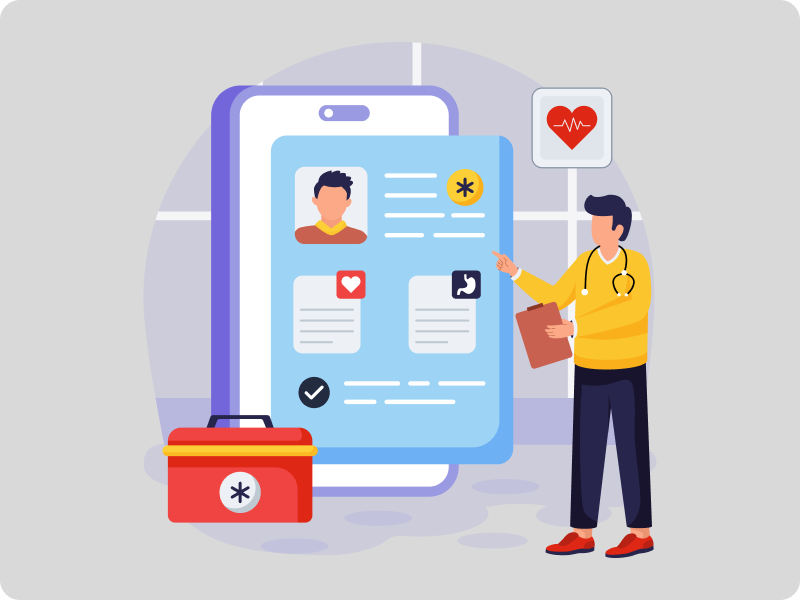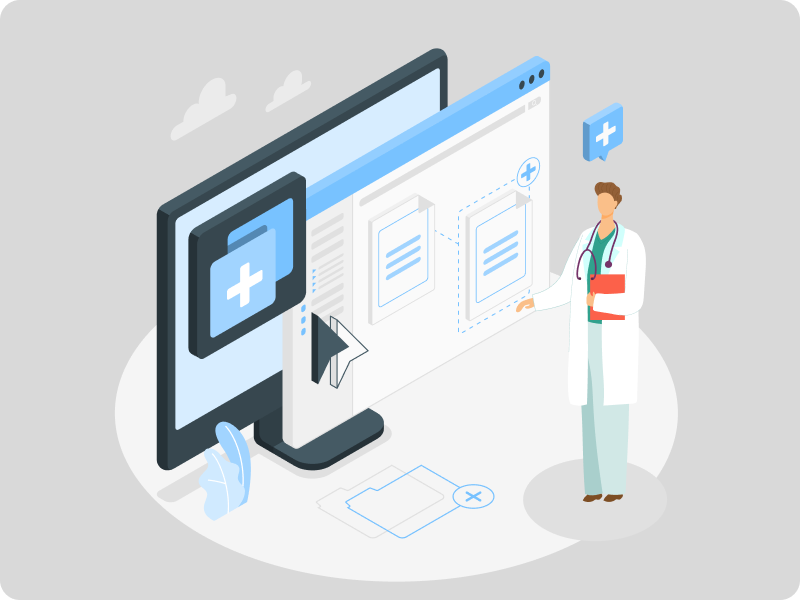The Critical Role of Integration in Healthcare Technology:
Streamlining Systems for Improved Patient Care
Imagine a healthcare system where patient information flows seamlessly between departments, providers and even across hospitals. No delays, no miscommunication and no repetitive paperwork. Sounds ideal, right? The reality, however, is that many healthcare organizations struggle with fragmented systems that hinder efficient patient care.
In this blog, we’ll explore why integration in healthcare technology is essential for streamlining operations and improving patient outcomes. By breaking down silos, integrated systems ensure that healthcare providers can deliver timely, coordinated and effective care.
What Is Healthcare Integration?
Healthcare integration refers to the process of connecting disparate systems—such as electronic medical records (EMRs), billing, patient portals and lab systems—so they can share information in real-time. This integration empowers healthcare providers with a 360-degree view of patient data, enabling them to make informed decisions.
The Importance of Integration in Healthcare
1. Enhancing Patient Safety and Care Quality
Seamless integration ensures that critical patient information, such as allergies, lab results and previous diagnoses, is readily accessible. This reduces the risk of errors, such as prescribing medications that might cause adverse reactions.
Fact: According to a study by the World Health Organization, integrated healthcare systems can reduce medication errors by up to 50%.
2. Reducing Administrative Burden
Integration eliminates the need for manual data entry and repetitive documentation. Administrative staff can focus more on patient care rather than on managing paperwork.
3. Facilitating Better Communication
Integrated systems foster better communication between healthcare providers. For instance, a patient’s primary care physician can instantly share updates with a specialist, improving care coordination.
Discover how JGD Health’s unified solutions can simplify communication.
Real-Life Impact: How Integration Transforms Healthcare
Consider a scenario where a patient visits multiple specialists within a hospital. Without integration, each department operates in a silo, requiring the patient to repeatedly provide the same information. This not only frustrates the patient but also increases the chances of errors.
With an integrated system, all providers access the same patient record, ensuring continuity of care and a smoother patient experience.
Key Features of an Integrated Healthcare System
1. Centralized Data Access
Healthcare providers can access patient information from a single platform, ensuring consistency and accuracy.
2. Automated Workflows
From appointment scheduling to billing, automated workflows reduce manual errors and save time.
3. Real-Time Updates
Lab results, diagnostic reports and patient notes are updated in real time, ensuring everyone stays informed.
Explore the powerful features of JGD Health’s integrated solutions. Learn more.
Overcoming Challenges in Integration
Data Security and Privacy
One of the main concerns with integrated systems is ensuring data security. Healthcare organizations must comply with regulations like HIPAA to protect patient data.
Legacy Systems
Many healthcare providers still use outdated systems that are incompatible with modern integration solutions. Transitioning to an integrated platform requires planning and investment.
How JGD Health Can Help: Our platform offers secure, scalable and easy-to-implement integration solutions.
Transform Your Practice Today
Integration in healthcare technology is no longer a luxury—it’s a necessity. By connecting systems, healthcare providers can improve patient outcomes, enhance operational efficiency and deliver a superior patient experience.
Are you ready to streamline your systems and enhance patient care? JGD Health offers cutting-edge integration solutions that make healthcare seamless.
Visit us at JGD Health to explore our solutions and transform your practice.




